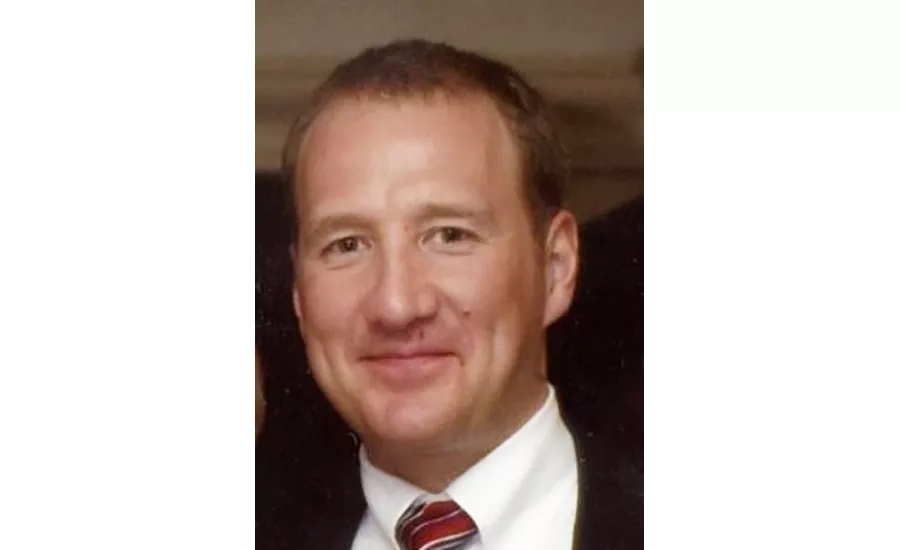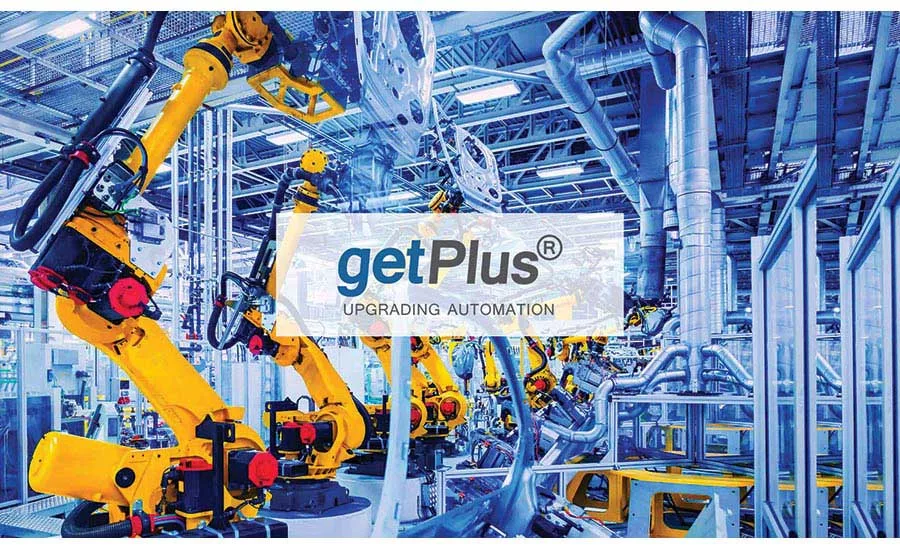Engineering R&D
Easing the automation update process
It’s time to update your control system—both for security and performance improvements—but prayer shouldn’t be necessary for success.


getPlus removes the complexity of installing multiple software updates for complex automation systems.
Photo courtesy of getPlus
You probably don’t have to think back too far to realize how tedious it was updating your automation software for PLCs, PACs, smart sensors or industrial network devices. Why couldn’t it be more like updating Windows, or even most Linux systems, which make use of databases and repositories to keep your software updates in sync and equipment running—well, most of the time.
With automation systems, there are usually several boxes involved with all sorts of revision numbers and dates—not to mention the services you’re entitled to receive and the supporting equipment. And these boxes include underlying operating systems, drivers, network interfaces and applications, compounding any update issues. Isn’t there a simpler way?
Well, there is for many large automation systems today, and that’s largely due to the efforts of Oliver Wessling, CEO of NOS Microsystems, which he founded in 2001 to overcome the update issues he struggled with as a mechanical engineer for BOSCH, Continental and Dräger. Prior to his startup, Wessling provided custom engineering services to automation companies making equipment and production lines for automotive, food and other manufacturing industries.
If you’re updating major-brand automation equipment today, there’s a good chance that Wessling’s software is running quietly behind the scenes. This patented software system, called getPlus, saw serious development beginning in 2007 and, to date, has grown into its own fully compatible ecosystem, as Wessling calls it, which integrates into existing environments, dealing with all the additional complications of firewalls, VPNs, existing databases and more.
We asked Wessling to explain how and where getPlus works, and what it provides for both automation suppliers and end users.
FE: What is getPlus?
Oliver Wessling: getPlus is an intelligent electronic software delivery [ESD] ecosystem that fully integrates into industrial automation providers’ licensing structures automatically to gather entitled and required software updates to clients. It works across all firewalls and proxies to offer the most convenient production line maintenance available by guaranteeing safe, bit-by-bit, identical online delivery of entitled software and updates to clients, no matter when and where they need it—even in areas of limited bandwidth speed.
FE: Does the end user need to buy or install anything?
Wessling: No. The end user doesn’t have to do anything. We do not work directly with them. Our clients are the automation providers, so the end user does not have to install or buy anything. When the end user logs onto their provider’s online portal to install updates, getPlus is kicked into action. The automation provider has the getPlus solution and passes it on to its customers. We have white label and branded versions, so the end user might not even realize they are using getPlus, as all the branding would be [that] of the automation provider.
FE: I remember when Windows updates would come along, rendering a process control system useless until either the control system was patched or the Windows update was uninstalled. Was this your experience as well?
Wessling: Yes. I remember that too, and those are not fond memories! It was certainly annoying, but thankfully, we have found a solution for that. With getPlus, it is possible to update the controller systems even without patching Windows, as we will make sure that the dependencies are up to date, and in case it is necessary, getPlus will automatically perform the required installations.
FE: What drove you to develop getPlus? Weren’t any similar tools available?
Wessling: When I was on the factory floor as an engineer for BOSCH in 2000, we had to optimize a production line, so output could be increased on all devices by 20 percent. There were thousands of individual software updates needed to do this with hundreds of CD and DVDs. It also needed to be done in a certain order. This turned into a relentless and tedious task that took the best part of six months to complete. There was no tool available to automate the process, and every day, I became hyperaware of the need for one. Not long after that, I began NOS Microsystems and started investigating a solution.
In 2006, we did our fist optimization of a production line, and in 2007, we had our first customer. getPlus is still a unique solution.
FE: What are end user (e.g., a food company) advantages to using getPlus? How does a user know if getPlus is being used in the update process?
Wessling: They don’t have to wait for CDs and DVDs to arrive to install the software. It’s much faster, more convenient and efficient. The end user just needs to go to their automation provider’s website and get the software delivered automatically. getPlus takes care of all enlistments, dependencies, licensing, and customs and border issues. We guarantee bit-identical delivery, and in the end, it is a lot less work, so less manpower is needed.
FE: What are the advantages of getPlus for controls suppliers?
Wessling: getPlus means less work across the entire supply chain, including controls suppliers. There is less to do in order to maintain the production line, because the process of updates is atomized. Data gathered by the getPlus system offers a targeted advertising platform, too. The ecosystem detects which other updates or products could benefit the end user, and it advertises these directly to them when [a] download is complete.
FE: What are some of the major control companies that use getPlus?
Wessling: The software is currently used by Rockwell Automation, Alcatel-Lucent and Nokia, and others. We estimate that getPlus services over 1 billion successful downloads annually around the world.
FE: Controls companies today are international. What problems does your tool solve when users are updating lines around the world?
Wessling: This is an area where getPlus is very beneficial. Due to the intelligent entitlement management system, getPlus knows the exact solutions that are allowed on the end user side; this resolves the problem of export control and export compliance, so that the right software is delivered to the right countries. On top of that, getPlus guarantees delivery even in areas of low bandwidth. So, factories that are tucked away in the far corners of the world with very bad internet connections can still avail [themselves] of ESD. getPlus bundles the needed software together and delivers the most important first. Downloads can be paused and resumed on request. Controls companies also have the benefit of having a direct access point to their clients, no matter where they are in the world.
FE: What does getPlus track in a user’s production line?
Wessling: We do not track anything in the production line. It operates differently. When the end user logs on to their automation provider’s website for downloads, the dynamic getPlus database integrates into their current license agreement and database—SAP, Oracle or whichever—and it upgrades the database to a new smart getPlus database with superior functionality that can recognize which downloads are needed and which are not.
FE: Does getPlus remove the issues of dependencies—for example, making sure an update in one area doesn’t kill some other task? If so, how? What does the end user have to know?
Wessling: Yes, of course. We make sure we provide the software that is needed and the installers that are necessary to update all the systems. The user doesn’t have to do anything except click on what download packages they need. We download the appropriate software, and nothing will happen in one area if the other area is updated. The most important software is updated first—the end user doesn’t have to do anything. This is all possible by how getPlus integrates with the automation provider’s database. At this point, it knows everything it needs to know to deliver all the needed and entitled software.
For more information, visit visit www.getplus.com
Looking for a reprint of this article?
From high-res PDFs to custom plaques, order your copy today!







